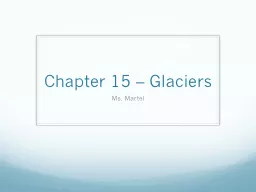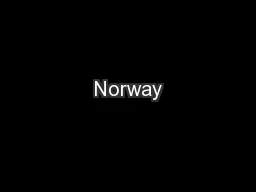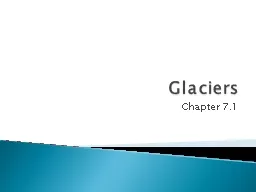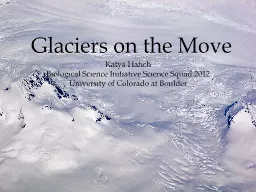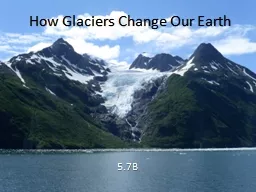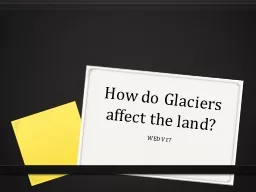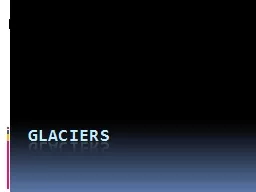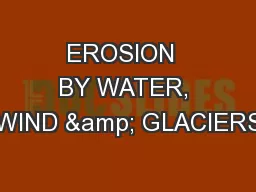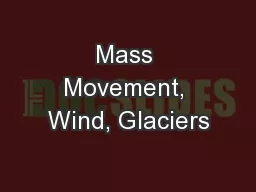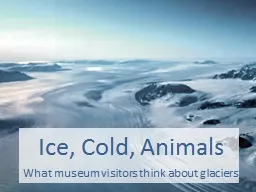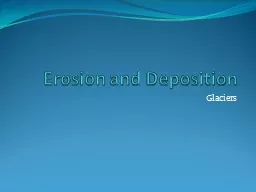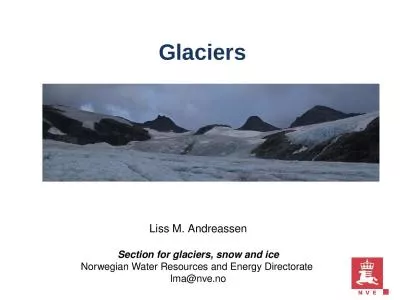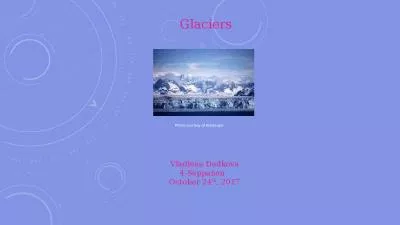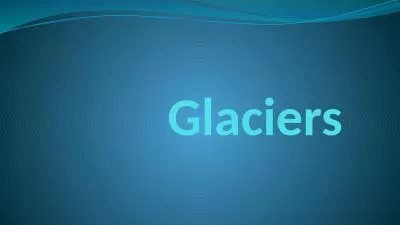PPT-Chapter 15 – Glaciers
Author : tawny-fly | Published Date : 2017-04-28
Ms Martel What Is A Glacier About 75 of Earths fresh water is frozen in glaciers A glacier is a large mass of compacted snow and ice that moves under the force of
Presentation Embed Code
Download Presentation
Download Presentation The PPT/PDF document "Chapter 15 – Glaciers" is the property of its rightful owner. Permission is granted to download and print the materials on this website for personal, non-commercial use only, and to display it on your personal computer provided you do not modify the materials and that you retain all copyright notices contained in the materials. By downloading content from our website, you accept the terms of this agreement.
Chapter 15 – Glaciers: Transcript
Download Rules Of Document
"Chapter 15 – Glaciers"The content belongs to its owner. You may download and print it for personal use, without modification, and keep all copyright notices. By downloading, you agree to these terms.
Related Documents

